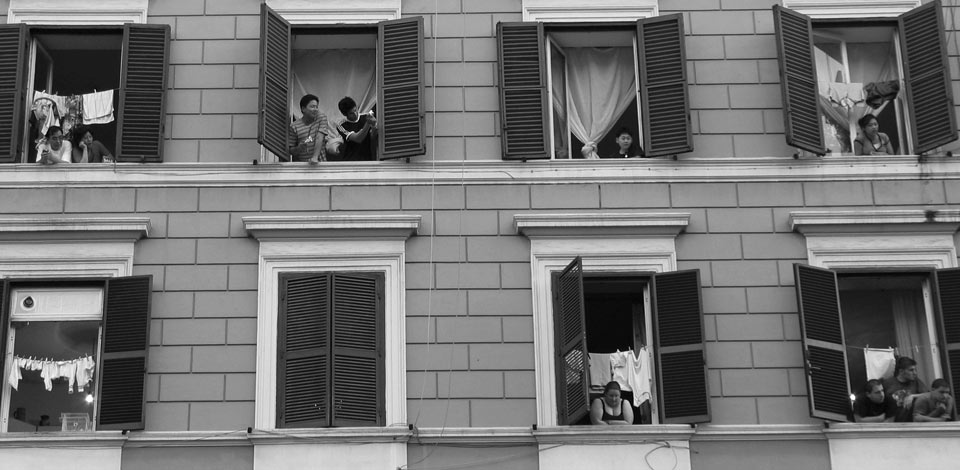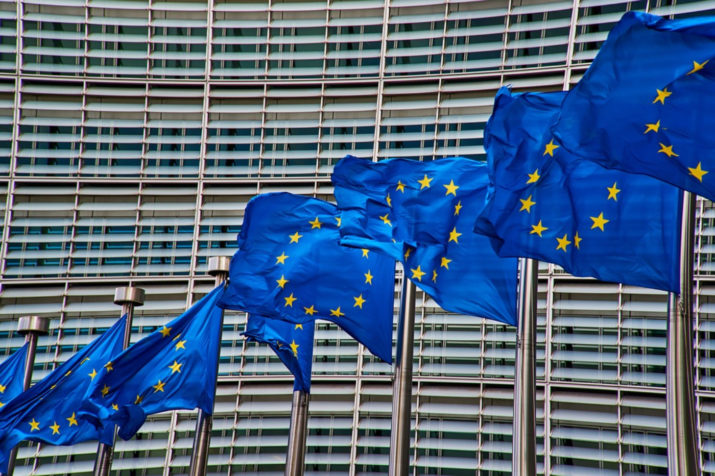‘Protecting our European Way of Life’ is probably the portfolio of the incoming European Commission that since its announcement sparked most widespread and intense criticism on its appropriateness, especially being the one containing migration and security. After two months ‘Promoting our European Way of Life’ is the new labelling. No clear political explanation has been given to this change of direction, nor the deconstruction of what’s beyond this name has really been addressed. In particular, some crucial institutional dilemmas are still unsolved: where will really the Migration, Home Affairs and Citizenship portfolio, once belonging to Greek Commissioner Avramopoulos, find home?
The previous owner of the portfolio used to underline that against his expectations, ‘Migration, Home Affairs and Citizenship’ became the most important portfolio of the last mandate of the European Commission. If this was unexpected back in November 2014, it is now undeniable that from a political point of view migration and security will be two determinant fields on which the road holding of the Von der Leyen Commission will be tested. Not only the reform of the Common European Asylum System is still on the table, trying to save Schengen became a new recurrent activity, but also the intergovernmental agreements such as the one with Turkey, exposed the EU in all its vulnerability. Moreover, the returns of third country nationals illegally staying in the territory of Member States remain way behind expectations now also becoming more problematic because short visa-free nationals asylum applications have considerably increased (Albanians and Georgians in France represent cases in point). In the attempt of understanding whether this Commission and its new institutional structure is fit for the job, it might be useful try to focus on who will do what.
The new structure counts three Executive Vice Presidents and five Vice Presidents each one representing a political priority for Europe. To clarify some hierarchical dynamics: the distinction between the two does not imply a pyramidal structure of power where the latter would have to report to the former. It rather indicates that Executive Vice Presidents are assigned a Directorate General, aside from the support of the Secretariat General, which will be shared among all the Vice Presidents and the President. Thus, the impression of a decentralised structure needs to be tested on the road, especially if the supporting body of all the vice-Presidents and the President remain in the sole entity of the Secretariat General.
The Mission Letters outline the different tasks the President of the Commission is assigning to the members of the College and their domain of action both in terms of time and space. However, in reading the number of portfolios potentially linked to migration and security policies, more than one eyebrow raised. In fact, not less than seven Commissioners and three Vice Presidents could be responsible for different bits of this portfolio, including ‘Home Affairs’, ‘International Partnerships’, ‘Crisis Management’, ‘A Stronger Europe in the World’, ‘Equality’, ‘Demography and Democracy’, ‘Cohesion and Reforms’, ‘Justice’, ‘Neighbourhood and Enlargement’.

On the side of the internal dimension, there is the ‘Home Affairs’ portfolio assigned to Commissioner Ylva Johansson, which- behind this vague and old-fashioned title- is in substance the one that will deal with migration and security. In fact, the Swedish commissioner is the one entrusted to come up with the new Pact on Migration and Asylum, to close the loopholes between asylum and return, and to pursue the construction of the ‘Security Union’. She will perform her mission under the coordination of the Vice President for ‘Promoting the European Way of Life’, Margaritis Schinas. Already in the first days of office, with the Justice and Home Affairs Council, where both the Commissioner Johansson and Vice President Schinas were present, it appeared difficult to exclude the overlap created by the new structure. As an example, both travelled to Greece and Turkey as their first mission for the launch of the consultations on the ‘New Pact on Migration and Asylum’ which started in Athens on Friday. Therefore, it is safe to say that the division of competencies between the two on migration and security is not yet clearly defined and will most likely be subject to internal negotiations than to follow mission letters or functional logic.
On the external dimension side, migration policy will instead be in the hands of High Representative/Vice-President Borrell and International Partnerships commissioner Urpilainen. It is worth noting that this latter has been especially tasked with the establishment of comprehensive partnerships with origin and transit countries for the management of migration. In practice, this means taking under one single commissioner the Partnership Framework: all the processes of negotiations between the EU and the origin and transit countries on Readmission Agreements in exchange of Development and Cooperation projects. These were divided between EEAS, Home, Development and Cooperation and Neighbourhood and Enlargement Directorates in the previous mandate. This indicates a trend towards more centralisation, however it is also likely to undermine the coherence between external and internal aspects of migration policy.
Last but not least, the destiny of the ‘Citizenship’ bit of the portfolio which has been excluded from the ‘Home Affairs’ one, and it will in fact migrate to the Directorate General Justice and Consumers- under the Belgian Commissioner Reynders’ aegis as the one in charge of the rights conferred by the European citizenship. On this point, unlike during the previous mandate, different doors might have been opened to this policy which was often left in the shadow: the Croatian Vice President’s portfolio ‘Democracy and Demography’, or also the ‘Equality’ one, aside from the choice of the ‘Home Affairs’ portfolio for the sake of continuity.
There are two main points that strongly emerge. First, the number of Commissioners is higher than the number of sensible and sufficiently autonomous tasks the European Commission is in charge of. Second, the rationale in building the new architecture of the European Commission responds more to political equilibria than to functional logic. Certainly the balancing exercise between the different political groups and geographical sensibilities was somewhat successful. But the hyper-fragmentation of this portfolio makes the vehement ‘Failure is not admitted’ pronounced by Commissioner Johansson under strain to say the least. It seems a banal observation, but in a moment where a strong, coherent and comprehensive initiative is urgently needed, the participation of several actors with conflicting interests and practices might not be the optimal starting point.
Maria Gargano is a Pan-European Compagnia di San Paolo fellow at European Council on Foreign Relations. This commentary was written with the support of FIERI- Forum Internazionale ed Europeo di Ricerche sull’Immigrazione where she spent part of her fellowship.








